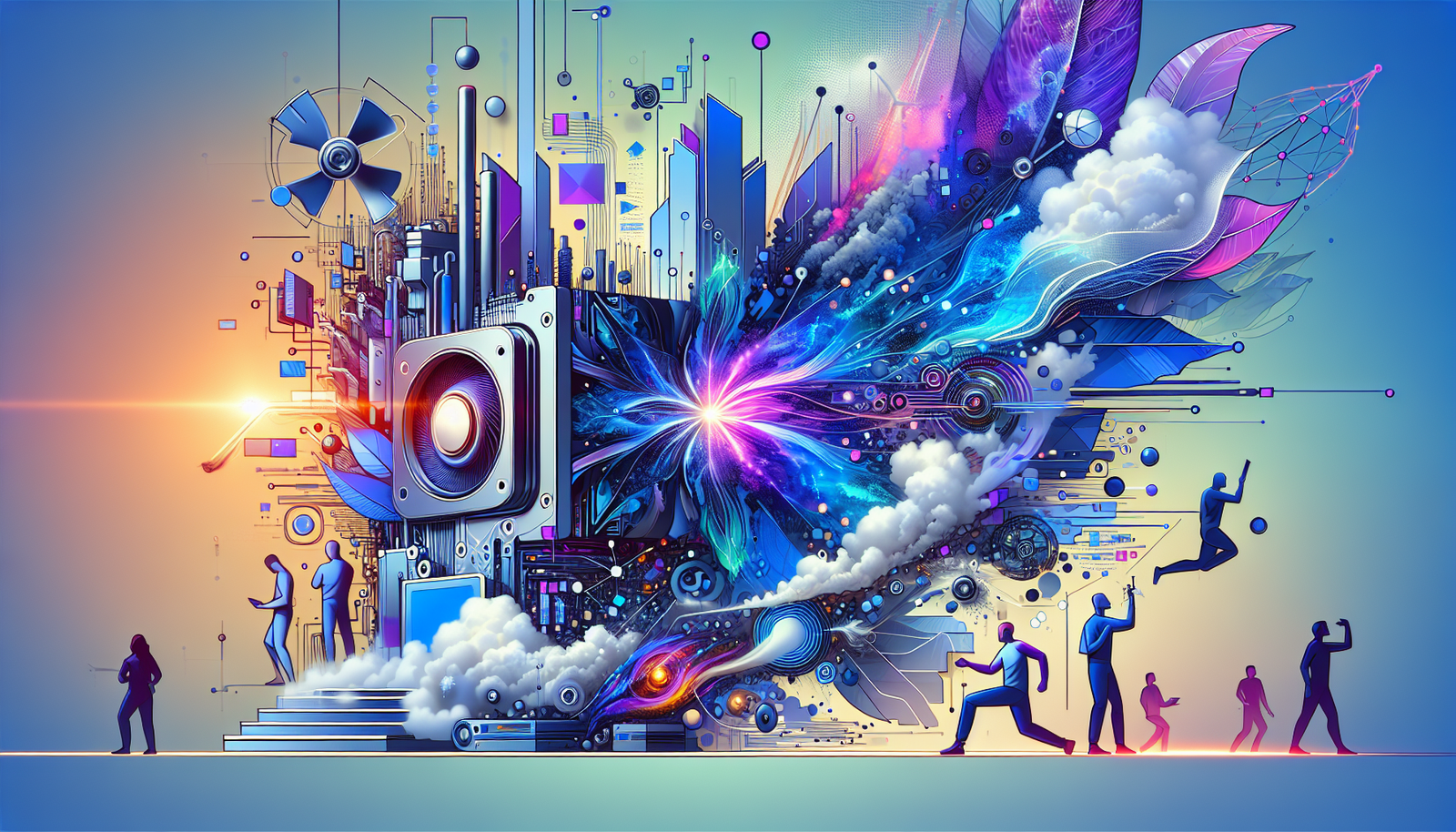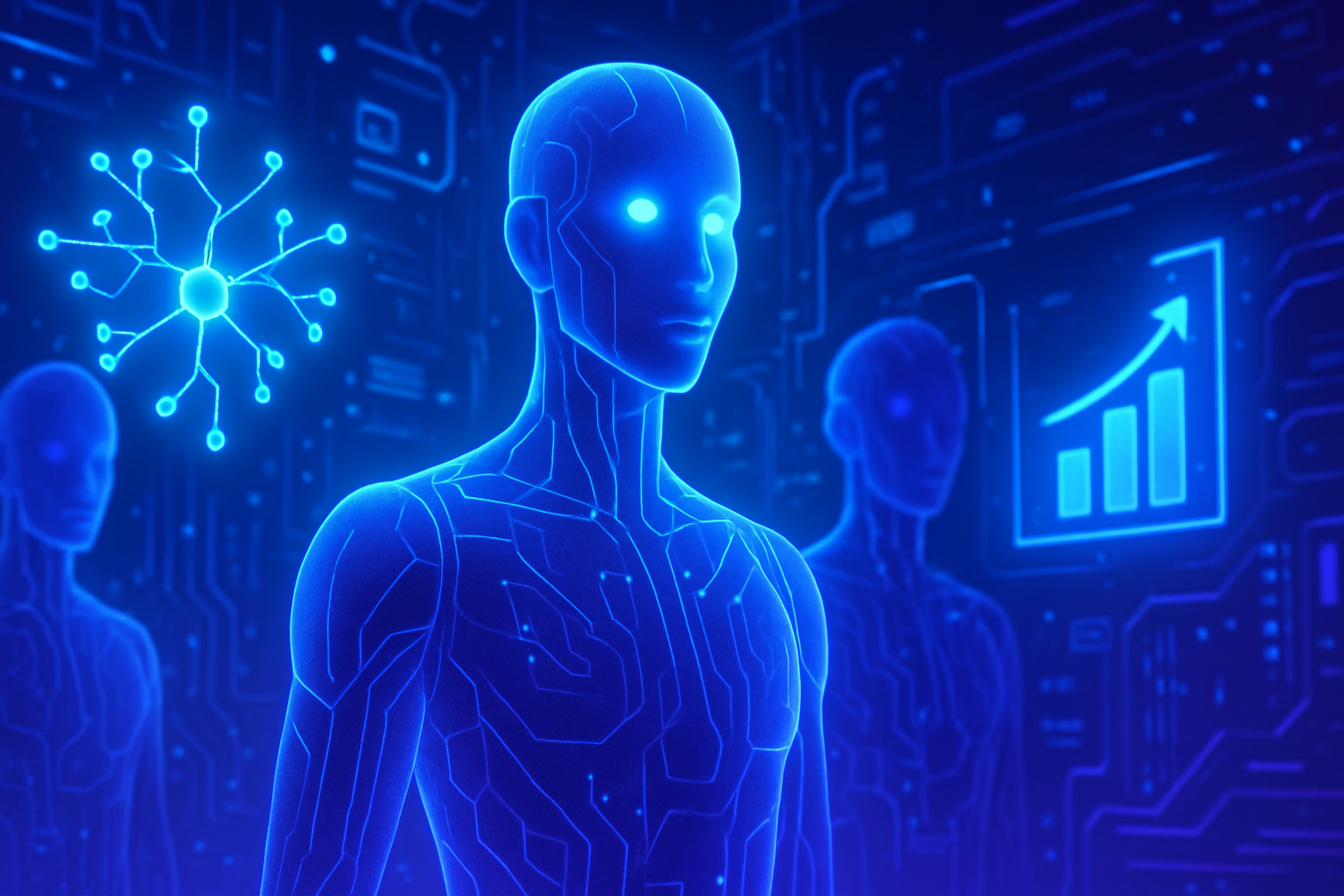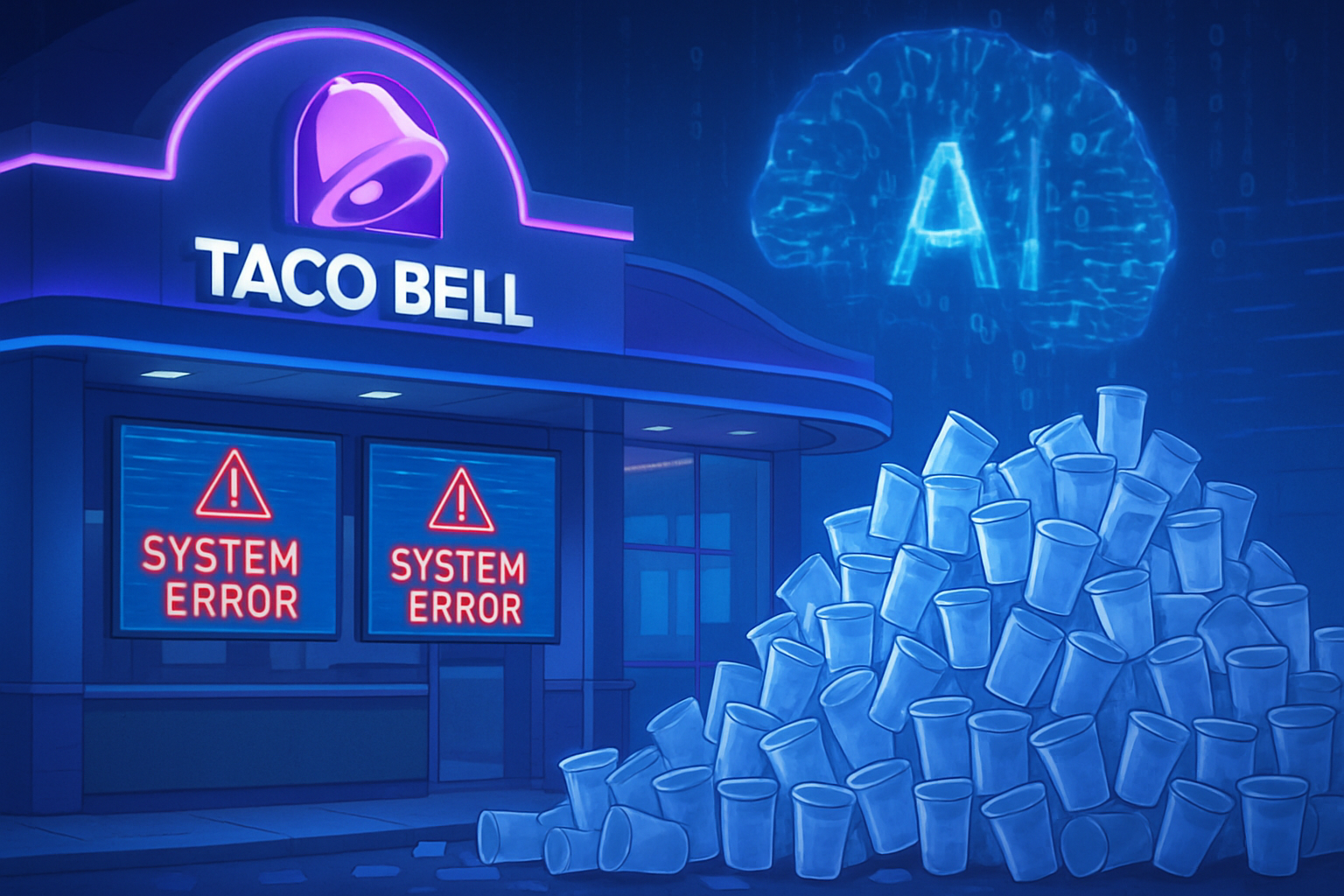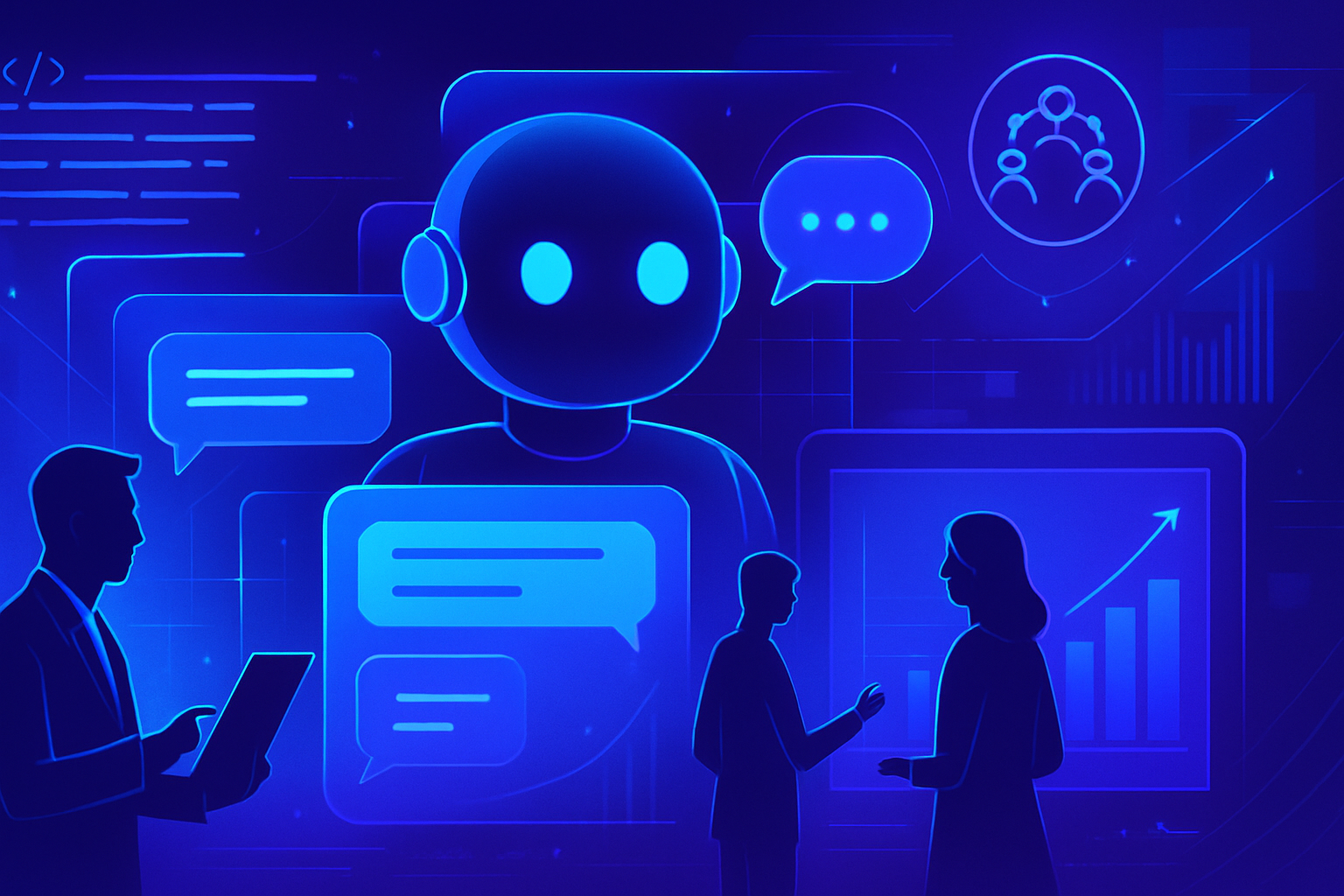NVIDIA is redefining the landscape of artificial intelligence with its NVLM model, a groundbreaking advancement against the high-performing GPT-4o. This platform exceeds expectations in generative AI, integrating unprecedented visual and technological innovations. The stakes of this evolution engender a radical transformation in robotics and human-machine interaction, placing NVIDIA at the forefront of digital innovation. The rise of autonomous humanoid robots is emerging on the horizon, promising to perform tasks of unprecedented complexity. In parallel, NVIDIA’s revolutionary algorithms promise to redefine the user experience, showcasing their unparalleled expertise in the field.
Nvidia and its revolutionary advancement: NVLM
Nvidia, a leader in digital innovation, has recently unveiled its advanced platform titled NVLM. This system is in line with the technological feats achieved by the company, directly competing with the capabilities of OpenAI’s GPT-4o. NVLM is designed to leverage advancements in generative artificial intelligence, allowing for smoother and more natural interactions.
Innovative technologies and features
The NVLM platform stands out for its integration of sophisticated algorithms, offering an interface that transcends the traditional limitations of AI models. Its architecture is based on advanced deep learning techniques, optimized for natural language processing and visual data analysis.
The multimodal capabilities of NVLM allow for synergy between text, image, and other media types, ensuring an immersive user experience. This approach, aligned with that of GPT-4o, meets a growing demand for richer and more intuitive interactions.
Impact on robotics
Nvidia also anticipates a key role for its NVLM in the evolution of robotics. Within 2 to 3 years, the company expects to create humanoid robots capable of performing various complex tasks. These advancements will benefit from a better contextual understanding, making human-robot interaction significantly more efficient.
Market reactions and economic stakes
Despite its technological successes, Nvidia faces turbulence in financial markets. During a recent session, the group’s value dropped, leading to a loss of nearly $280 billion. Economic factors influence the potential of NVLM and the company’s ability to maintain its leadership position.
The innovations of GPT-4o and competition
The release of GPT-4o, a direct successor to the famous ChatGPT, has also brought a host of new features. This model, equipped with multimodal capabilities, offers a sophistication that NVLM must compete with. The acceleration of improvements in this sector underscores the need for Nvidia to stimulate its innovation while maintaining a competitive edge.
Research advancements: the EUREKA initiative
Nvidia Research recently launched EUREKA, an innovative algorithm dedicated to reward design. This system harnesses the power of LLMs to optimize model learning and expand their application scope. The potential fallout from this initiative on NVLM could once again redefine the landscape of artificial intelligence.
Future perspectives and ethical challenges
As technology advances at a rapid pace, ethical questions arise regarding the use of AI in everyday life. The development of NVLM raises concerns about the social impact of robotics and content generation. Nvidia must navigate these challenges carefully while continuing its innovation efforts.
FAQ about Nvidia and NVLM
What is Nvidia’s NVLM and how does it compare to GPT-4o?
NVLM is a generative AI model developed by Nvidia, known for its visual innovations and advanced capabilities. Unlike OpenAI’s GPT-4o, which focuses more on multimodal interaction, NVLM emphasizes a more precise integration of visual and textual data, enabling richer content generation.
How does NVLM influence modern robotics?
Nvidia expects NVLM to play a key role in future robotic advancements, enabling the creation of humanoid robots capable of performing various tasks through improved perception and understanding of complex environments.
What are the main advantages of NVLM compared to other generative AI platforms?
The key strengths of NVLM include superior processing power, algorithms optimized for remarkable visual results, and an intuitive user interface that facilitates the deployment of AI solutions across various sectors.
Will Nvidia continue to invest in generative AI research?
Yes, Nvidia is committed to strengthening its investments in generative AI research. New initiatives like EUREKA aim to further propel the field, ensuring a leading market position.
What specific technological challenges does NVLM address?
NVLM highlights challenges such as accuracy in data understanding, reduction of algorithmic biases, and improving accessibility of AI tools for developers and businesses.
Why is Nvidia considered a heavyweight in the field of generative AI?
Nvidia is recognized for its constant innovations in microprocessor and GPU technology, which are essential for computations necessary for generative AI. Its role in training models like NVLM and its development ecosystem make it a key player.
What economic impacts could the rise of NVLM have on the market?
The rise of NVLM could create significant opportunities for many industries, generating solutions that are both more efficient and cost-effective. It could also lead to increased competition in the AI sector, pushing other companies to innovate.
How can businesses integrate NVLM into their existing processes?
Businesses can integrate NVLM via APIs provided by Nvidia, developing custom applications that leverage generative AI capabilities to enhance their productivity and creativity.
What are the future prospects for NVLM in the field of AI?
The prospects for NVLM are promising, with forecasts for the development of more advanced features and adoption in various sectors, from healthcare to education, transforming how AI is used in our daily lives.






